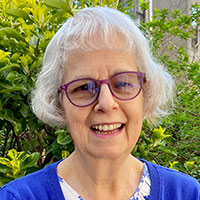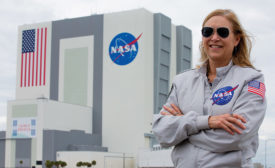ENR 2021 Top 25 Newsmakers
Home » Keywords: » Artemis program
Items Tagged with 'Artemis program'
ARTICLES
Technology
Launch Sequence Software is Ready for Blast-off
Jacobs' team wrote 5.5 million lines of code and coordinates with construction
Read More
Federal Contracts
What The New NASA Launch Could Mean For Jacobs and Other Contractors
A successful mission could keep contracts flowing out of agency’s ambitious programs
Read More
The latest news and information
#1 Source for Construction News, Data, Rankings, Analysis, and Commentary
JOIN ENR UNLIMITEDCopyright ©2024. All Rights Reserved BNP Media.
Design, CMS, Hosting & Web Development :: ePublishing







